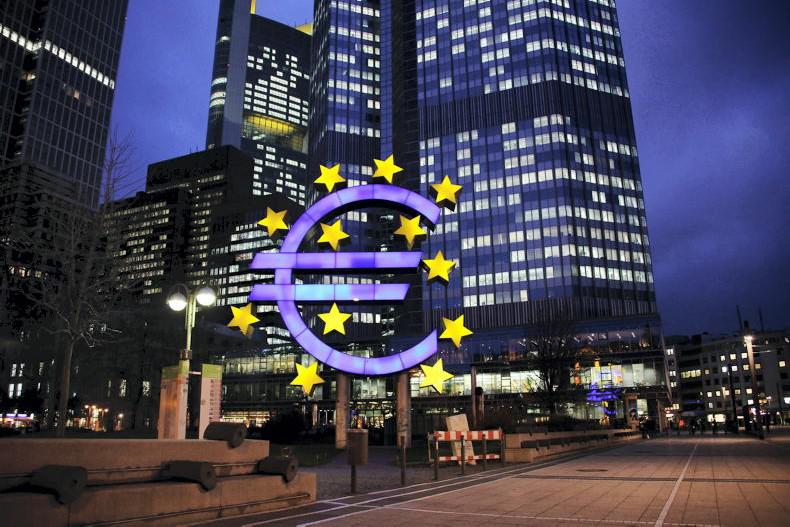When Bank of Ireland released its earnings report for 2024 showing a profit before tax of €1.9bn for the year, it also included a forecast for the next two years.
One of the parameters in that forecast was for the European Central Bank (ECB) deposit rate to be at 2% until 2027.
That rate is currently at 2.75%, after cuts from the 3.75% level which we saw in June of last year.
It is widely expected the ECB governing council will announce another 0.25% reduction when it meets in Frankfurt next week.
Two further cuts are forecast for later in the year, bringing to 2% by autumn.
This should have a positive effect on the economy as it will allow for businesses, including farmers, to borrow at a lower cost, which in turn should lead to more investment.
The one possible fly in the ointment to this outlook is the potential return of higher inflation.
Data released this week from the European statistical agency Eurostat showed a small increase in inflation in January to 2.5%, but that is unlikely to be enough to derail the policy path the ECB is on.
Market rates such as Euribor (Euro Interbank Offered Rate) have been steadily falling since June of last year and are already reflecting the expected ECB rate cut next week.
Many corporate loans, such as those to co-ops and processors, are linked to this rate which means interest costs to those companies will fall in line with Euribor.
For personal loans and mortgages, Irish banks have sometimes been slow to pass the reductions in rates on to borrowers, but the trend for lower rates should mean there will be increased opportunities for better value from shopping around before undertaking any new borrowing.
The ECB decision is scheduled to be announced at lunchtime on Thursday 6 March.







 This is a subscriber-only article
This is a subscriber-only article









SHARING OPTIONS: